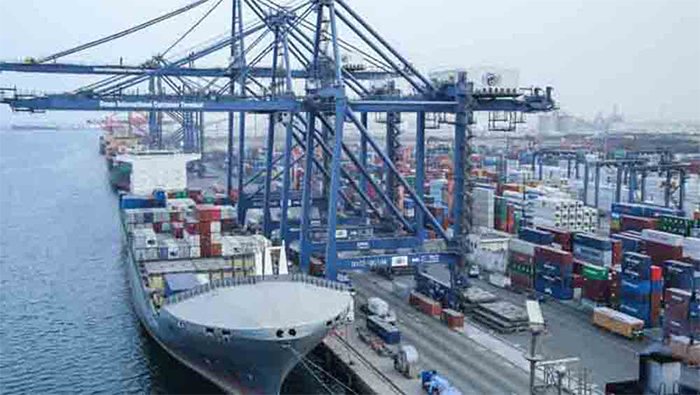
Muscat: Capital Intelligence Ratings (CI) on Friday announced that it has affirmed Oman’s long-term Foreign Currency Rating (LT FCR) and long-term Local Currency Rating (LT LCR) at ‘BB’.
At the same time, CI Ratings has affirmed Oman’s short-term Foreign Currency Rating (ST FCR) and short-term Local Currency Rating (ST LCR) at ‘B’. The Outlook for the ratings remains Stable.
Rating rationale
The ratings reflect the decline in central government debt in addition to the improvement in fiscal and external strength due to high hydrocarbon revenues and exports, CI said in a statement.
“The ratings are supported by the country’s relatively sound banking system, as well as CI’s expectation that financial support would be forthcoming from other Gulf Cooperation Council (GCC) countries in the event of need,” the statement further added.
Fiscal strength is deemed moderate, with the central government budget position returning to surplus thanks to high international hydrocarbon prices.
During the first six months of 2022, the central government budget posted a surplus of 1.9 per cent of gross domestic product (GDP), compared to a deficit of 3.4 per cent during the same period of 2021, and is on course to reach 5.6 per cent in 2022 – its highest surplus since 2008, the CI statement said.
CI’s baseline scenario assumes that hydrocarbon prices will remain high throughout 2023-24, averaging $80/barrel – exceeding the budget’s average fiscal break-even oil price of $68/barrel. “Based on the above, CI expects the central budget surplus to average 5.9 per cent in the next two years,” the statement said.
Notwithstanding the positive developments, risks to the fiscal outlook could stem from higher than projected social spending, possible Opec+ oil production cuts, and the adverse impact of the war in Ukraine and the economic slowdown in China on demand for hydrocarbons.
The Omani government has implemented numerous reforms aimed at increasing revenue mobilisation and reducing expenditure rigidity.
Reflecting improving debt dynamics and the $700 million debt buyback of previously issued high-interest sovereign debt, central government debt is expected to decline to 44 per cent of GDP in 2022, compared to 65.3 per cent in 2021.
External strength remains moderate, with Oman’s current account position expected to return to surplus in 2022, reaching 5.9 per cent of GDP compared to a deficit of 3.7 per cent in 2021. This trend is expected to continue going forward, with the current account forecast to post surpluses averaging 4.6 per cent of GDP in 2023-24.
Official foreign currency reserves at the central bank (which do not include the assets of the Oman Investment Authority, OIA) are expected to increase to $26.1 billion in 2022 (from $19.7 billion in 2021). Reserve adequacy is good, with official reserves providing approximately 280 per cent coverage of external debt falling due in 2022 and 47.3 per cent of broad money (M2).
Economic growth is expected to continue to recover, supported by high hydrocarbon production. Real GDP is forecast to expand by 5.6 per cent in 2022 and is projected to increase by an average of 2.6 per cent in 2023-24. Oman’s current growth outlook benefits from recovering external demand for crude and condensate oil and key manufacturing goods (e.g. plastics, chemicals, base metals). Domestic demand is expected to remain subdued over the next two years due to sluggish private sector credit growth.
The relatively sound financial condition of the Omani banking sector benefits from good capital buffers and the current moderate stock of non-performing loans.
Rating outlook
The Stable Outlook indicates that Oman’s sovereign ratings are likely to remain unchanged in the next 12 months, and balances the improvement in the fiscal and external positions against the continued dependence on hydrocarbon revenues and limited reforms to strengthen the public finances, the CI statement said.
“The Outlook could be revised to Positive if hydrocarbon prices exceed our forecasts, contributing to higher primary surpluses and a faster than a projected decline in debt. The ratings could be upgraded should the government embark on a broad range of reforms which address the structural weaknesses of the economy and the public finances,” the statement further added.